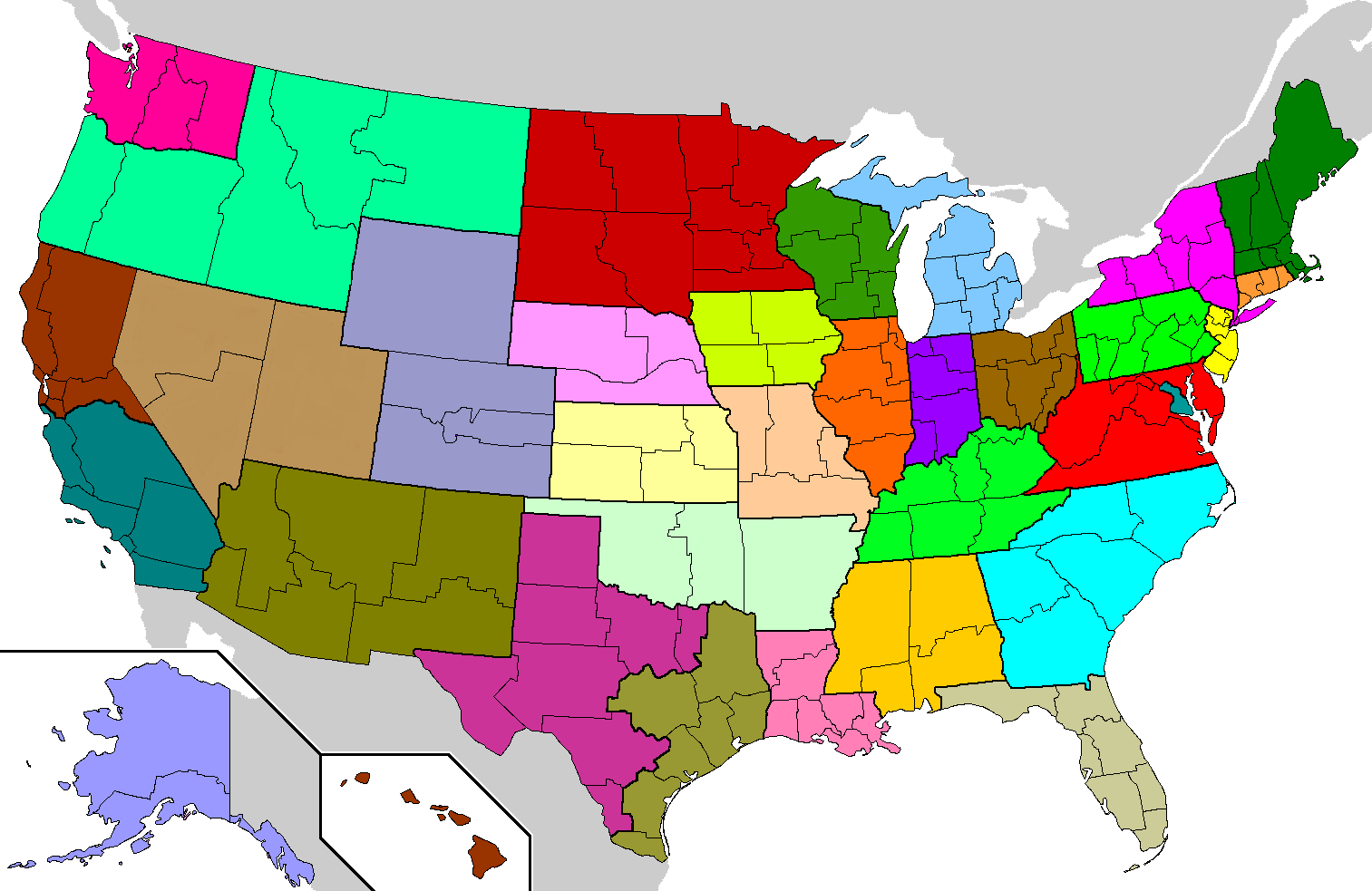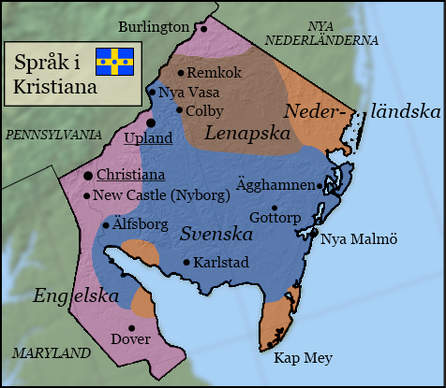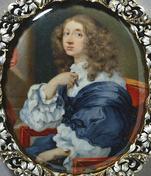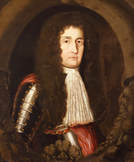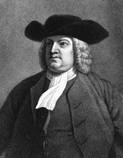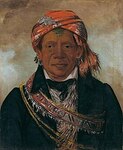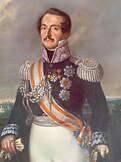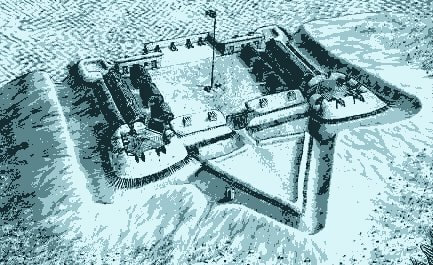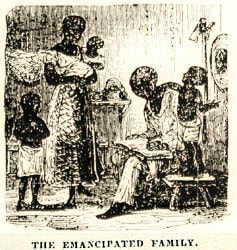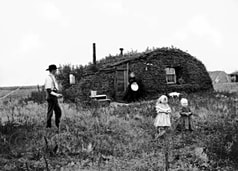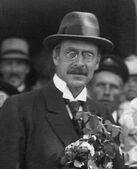The complex political situation of this era led to what must be the most unexpected consequence of the English revolutions: the restoration of the Swedish monarchy in Christiana. To understand how this came about, it's important to understand the array of forces exerting themselves on the little state during this time.
The first thing to understand is that Pennsylvania was trying to expand its continental influence at a time when its alliances were shifting and uncertain. It had cast off English support by declaring independence, but the coalition of new republics was also starting to crumble. Conflict between Massachusetts Bay and Plymouth led the latter to reverse its revolution in 1779 and restore a loyalist government; the rest of southern New England would follow suit in the following years. Meanwhile, land disputes in the Allegheny and Ohio regions were stirring up old tensions between Pennsylvania and Virginia. Closer links were forming with the Iroquois, and the old Jacobite states of Maryland and the Bahamas remained in the Pennamite camp, but the state government perceived an urgent need to find new allies.
Meanwhile, Christianer were struggling to create a new state identity out of their ethnic and cultural jumble. Different population groups - English, Swedes, Dutch, Lenape, Susquehannocks - had some things to tie them together, but besides being a Pennamite dependency, what did the whole state have to unite it?
It was in this environment that Pennsylvania's leaders began to talk with the representatives of the Swedish government - the clergymen and land company agents appointed by the Crown who had been present in Christiana for years. They began to discuss a closer partnership between Pennsylvania and Sweden that could give the former a much-needed European ally, and the latter the prestige and commercial opportunities that came from having a North American dominion. Christiana, meanwhile, would have the unifying figure it so needed. In 1790, the unlikely deal was announced: Christiana would acknowledge the Swedish King Dimitri as its sovereign.
Other English states were immediately scandalized by this "pact with the devil." Sweden was by now in a firm personal and imperial union with Russia and Poland, and many Boreoamericans feared that "Russian hordes" would soon be swarming all over America. But the restoration was not so simple. The character of the new monarchy was modeled on the modern Dominion of New England. Christiana's elected government would be able to act without the king's interference, and elections would continue undisturbed. Pennsylvania would continue to supervise Christiana, and indeed would have more power over the state's actions than Sweden would.
Pennsylvania realized, in fact, that circumstances severely constrained what Sweden could do with Christiana. A new order was emerging in continental trade and diplomacy; there was less room for a completely new player. Christiana had an autonomous government and was participating on its own in the Anglo-American Congresses, so Sweden's influence on its governance was limited. The deal placed limits on number of troops that Sweden could send to the colony, and anyway the empire, for all its size, lacked the funds to send massive forces to America. And once the troops arrived, Sweden would depend on local allies for influence, especially Pennsylvania and the Lenape of the interior. In short, Pennsylvania truly believed it could control the Swedish king and his armies.
A Christianer delegation went to Europe to recognize King Dimitri as sovereign of "the most ancient of the peoples of America" - a reference to the Lenape. The king was given the title "Sovereign of New Sweden;" to this day "Sovereign" remains his legal title, though colloquially he is usually called "the king" or even "the tsar."
The new arrangement spurred a new wave of immigration. Most of the 18th century newcomers settled in the wide area east of the river, in what we know as South Jersey. The king personally sponsored the Gottorp Migration, a large-scale project drawing peasants from Holstein-Gottorp, together with other Germans from neighboring regions. In addition, many Finns and Fennoswedes arrived, along with some people from the Baltic states.
Confirming the fears of Pennsylvania's neighbors, a significant military force came from Europe. The bulk of the forces were Swedish, but there were also some Russians and a small but prominent contingent of Polish cavalry. Most of these forces were sent west to posts in Poutaxia and Ohio; the Poles in particular became renowned in the Ohio country. But they still depended on the support of Pennsylvania and the western Lenape to make any real gains in continental trade.
In this way, Christianer people and European troops became an important part of the growing Pennsylvania alliance in the west. Coshocton in eastern Ohio was the seat of the alliance's power . Despite the traditional role of the Lenape as mediators, this alliance was becoming a major regional power.

